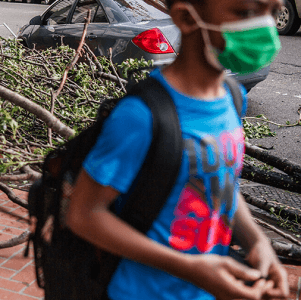Hurricanes have a disproportionately severe impact on Black students, exacerbating existing educational inequities. Christina Boyd-Patterson, who experienced Hurricane Irma in 2017, recalls how the storm disrupted her senior year, causing her to fall behind on college applications. This scenario is not unique. Data from the U.S. Government Accountability Office reveals that school districts with high proportions of socially vulnerable students, including many Black and Brown students, require significantly more recovery assistance after disasters.
Despite this need, these communities often receive less financial support for disaster recovery than their white counterparts. This disparity means that schools in predominantly Black areas remain closed longer, have fewer resources for repairs, and offer less support for students dealing with emotional trauma and housing instability. Tatiana Samuels, a guidance counselor in Jacksonville, Florida, notes that the frequency of school closures due to hurricanes has become routine, likening it to a drill. She expresses concern for students’ mental well-being, especially given the limited resources available to help them.
The aftermath of recent hurricanes, such as Helene and Milton, underscores the ongoing challenges. As climate change intensifies, the frequency and severity of these storms are expected to increase, further straining already vulnerable communities. Addressing these disparities requires targeted efforts to ensure equitable distribution of disaster recovery funds and resources, enabling all students to recover and thrive after such devastating events.
See: “How Hurricanes Hit Black Students Harder” (October 17, 2024)



